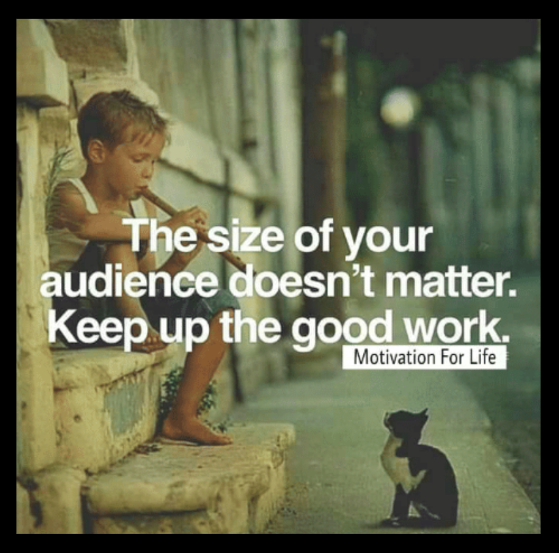3 Tithing Motivators For Your Congregation
When I began speaking in front of people, I was terrible. Simply awful. I was nervous and self-conscious. I was sweaty and confusing (now that’s a bad combo—sweaty and confusing).
If you had heard me speak, you probably would’ve thought I was drunk. I wasn’t . . . I just didn’t know what to say.
If I’d had the content, it would’ve given me confidence.
To connect with an audience or an individual, you have to understand what motivates them. Different people give to different things. There are trigger points that prompt certain people to action, but don’t prompt others.
Understanding those differences is vital when it comes to inviting your congregation into financial discipleship through tithing.
- Some people are motivated by needs. A clear need drives a lot of donors. I’ve heard people say, “People don’t give to a need. They give to a vision.” While it’s true that people give to a vision, it’s probably truer that they give to a need. It’s why people are moved when a natural disaster strikes and destroys a home. When they see a kid with no clothes or toys, they respond. It has nothing to do with a vision. Needs are practical. Needs are tangible. Needs are attention-grabbing.
- Some people are motivated by vision. When I say vision, I mean preferred future. Martin Luther King, Jr.’s “I Have a Dream” speech gave the world a clear picture of America’s preferred future. His words inspired a nation. That’s what vision has the power to do. This is particularly important for your backstage group of donors. Let the inner circle know where their dollars are going.
- Some people are motivated by relationships. Picture this. You open the mail and receive two letters. One was mass-printed and mailed to you from an international hunger organization. The other was handwritten by your best friend’s daughter, asking you to sponsor her trip to work with kids in an orphanage. Which are you more likely to sponsor? Hunger organizations are crucial, but your money will most likely go to the person you have a closer relationship with.
When it comes to relationships, you should never try to make a
big withdrawal unless you’ve made a big deposit.
When it comes to asking your congregation to tithe, don’t only talk about your dream. Make this process a two-way street. Make a relational investment of time and energy into the lives of your attendees before you ask them to make a financial one into yours. And sure, you can ask visitors and infrequent attenders for money. But people who don’t know you will not feel a personal burden to help you.
If you’re currently thinking, But I don’t know what motivates my congregation. Don’t panic. I say, do all three. Invest relationally, then concisely highlight the needs and the vision.
My hope is that you talk about tithing with confidence. When it comes to your messaging, you don’t have to be a salesman, public speaker, or politician. You just have to be you, and really care about them.
What Happens When You Give is an innovative book that helps you educate and appreciate people when it comes to tithing. It will help your church create a culture of financial discipleship. It will also help your current donors feel encouraged!
This is a great resource that will not only appreciate people who currently tithe, but it will also inspire people who don’t!
CHECK IT OUT RIGHT HERE!
Three Ways You Can Use WHAT HAPPENS WHEN YOU GIVE…
- Mail them to everyone who gives money to your church for the first time. Keep a case on someone’s desk, and whenever someone makes a first time donation, write a thank-you note and drop a booklet in the mail. It’s a powerful act of gratitude that will make a big difference.
- Send them to regular givers. Run a report of consistent givers or families who have given a certain amount of money. Send a thank-you note and one of these booklets to each of them. You can get your team or some volunteers to help.
- Give one to everyone after a sermon on money. The next time you preach on giving, money, or stewardship, put one of these in the hands of each family as they leave the service. In fact, we’ll even give you a FREE sermon with the same theme as the booklet!

